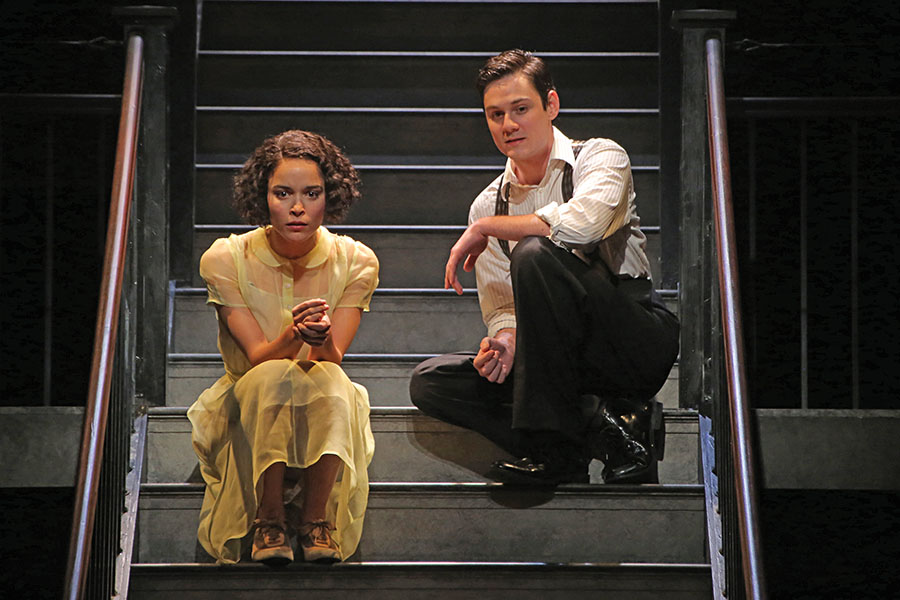If the fierce woman in a brocade jacket on our cover is unfamiliar to you, allow us to correct that. Playwright Adrienne Kennedy is an American original as distinctive as any artist who’s ever walked among us. Born in 1931, she began writing her lyrical, often surreal plays nearly six decades ago, after a trip to Ghana with her then-husband, a social psychologist she met at Columbia University. The works’ arresting titles alone give some indication of her provocative and questing mind: The Rat’s Mass, A Movie Star Has to Star in Black and White, The Ohio State Murders, An Evening With Dead Essex, or her first, Funnyhouse of a Negro, with which she burst onto the early 1960s Off-Broadway scene alongside—but often in pointed contrast to—Black Arts icons like Amiri Baraka and Ed Bullins. The critic Margo Jefferson has called Kennedy’s plays “explosive, incantatory”; playwright Wallace Shawn once evocatively termed them “spider webs strung on little stars.” For her part, Kennedy defined her work with a brief but open-ended mission statement: “My plays are meant to be states of mind.”
One such state of mind is mapped in her most recent work, published in full in our September print issue, bearing yet another of her unshakable titles: He Brought Her Heart Back in a Box. This short and poetic work about a doomed young interracial couple in 1941 in Montefiore, Ga.—a lightly fictionalized version of Montezuma, a burgh two hours south of Atlanta where Kennedy and her brother, raised mostly in Ohio, spent summers with relatives—it is marked by her usual mix of stark indirection and a dense constellation of references. It makes a swift but rich read, and it is supplemented in this special issue by a story about her playwriting workshop at Harvard in the 1980s and ’90s—like her contemporary Maria Irene Fornés, Kennedy has been at least as influential as a teacher as she has been as a playwright—and tributes from former students and fellow artists who found her work on the page. For also like Fornés, Kennedy’s non-linear aesthetic has rendered her plays more read and studied than performed. But their impact in this form has been outsized, inspiring several generations of Black playwrights, including Branden Jacobs-Jenkins (An Octoroon), who conducts the pre-play Q&A with her in this issue, and three whose tributes appear here as well: Eisa Davis (Bulrusher), Aleshea Harris (Is God Is), and Robert O’Hara (Bootycandy).
The page is also the place TCG’s path first intersected with Kennedy, when her extraordinary 1987 memoir, People Who Led to My Plays, crossed the desk of publisher Terry Nemeth. “It was unlike any other book I had seen,” Nemeth tells me, citing “the beautiful textured art on the dust jacket, designed by Susan Mitchell, which wrapped an exquisitely made hardback book.” To his gratified surprise, TCG Books was able to secure the paperback rights, and the book, as Nemeth says, is “still in print and inspiring many new students and artists.” But apart from Samuel French acting editions, few of her plays remain in print: The University of Minnesota Press has An Adrienne Kennedy Reader, and TCG published 1996’s Sleep Deprivation Chamber, from a season of her work at New York City’s Signature Theatre. So we’re especially proud not only to publish He Brought Her Heart Back in a Box in this issue of the magazine but in a beautifully designed paperback scheduled for publication next January.
The play invites us to join Kay—a young woman who never learns whether her mother’s death was murder or suicide—in a head space of anticipation and mystery, beauty and terror. In other words, a very Adrienne Kennedy state of mind.


